Largest Anti-Aircraft School in Germany’s abandoned Wustrow
If you’re an adventurous traveller seeking to uncover hidden gems and intriguing historical sites, the German peninsula of Wustrow should be on your must-visit list. This article will take you on a journey through this fascinating location’s captivating history and current state.
Wustrow is situated in the Gulf of Mecklenburg, southwest of Rerik, a charming resort town boasting a population of 2,000 inhabitants. Tourists and locals alike swarm to during the summer to Rerik, drawn to its picturesque beaches and serene atmosphere. However, few know that a hidden ghost town lies just beyond a fence along the coastline, abandoned in the 1990s.
#1
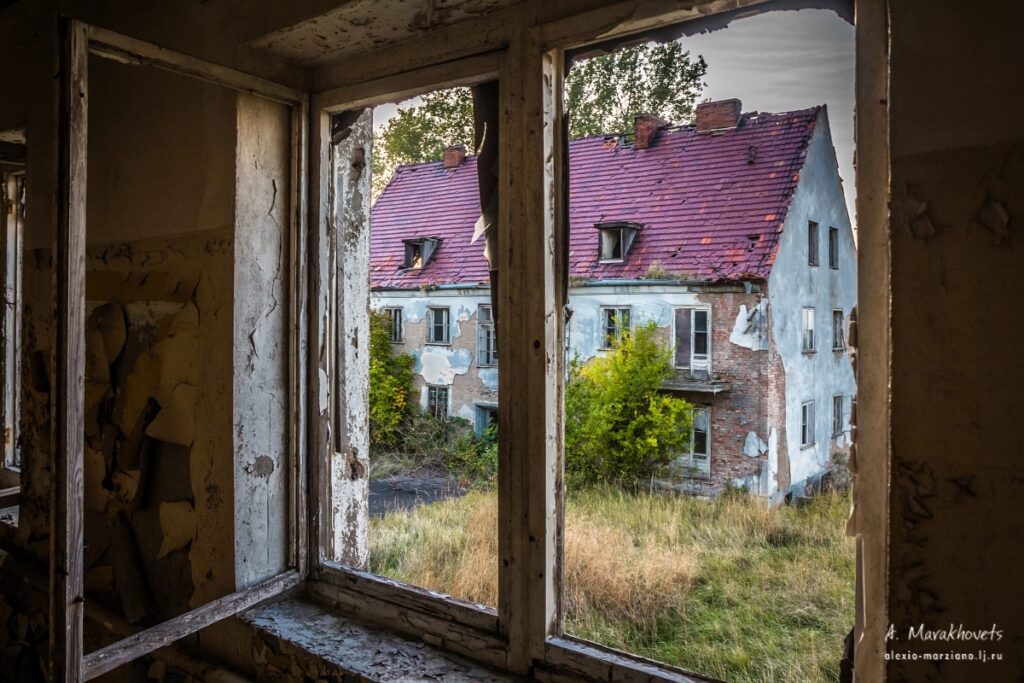
#2

#3

#4

#5

Originally an island, Wustrow’s history dates back to 1273, when the first settlers arrived and began engaging in agricultural activities. A severe storm in 1625 led to widespread flooding, with the island’s inhabitants reportedly evacuating to its highest point, standing waist-deep in water. The island eventually transformed into a peninsula when a 700-meter-long spit connected it to the mainland town of Rerik. Nevertheless, further storms in 1872 and 1874 caused breaches in the saliva, temporarily turning Wustrow back into an island until repairs were made.
Throughout the years, Wustrow changed hands several times, passing through different owners due to inheritance or sale. In 1925, Hans von Plessen acquired the land; in 1933, the German armed forces purchased it from him for 1.4 million marks. This marked the beginning of a significant transformation as the construction of Germany’s largest anti-aircraft school commenced swiftly. Barracks, residential buildings, farm structures, and storage halls were erected, and by 1937, the peninsula was adorned with 180 buildings serving various purposes.
#6
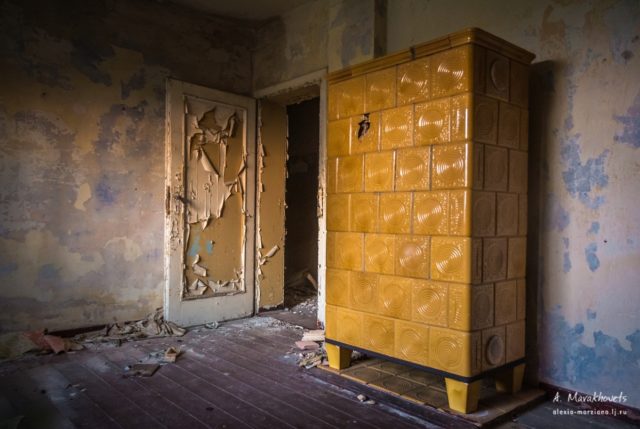
#7
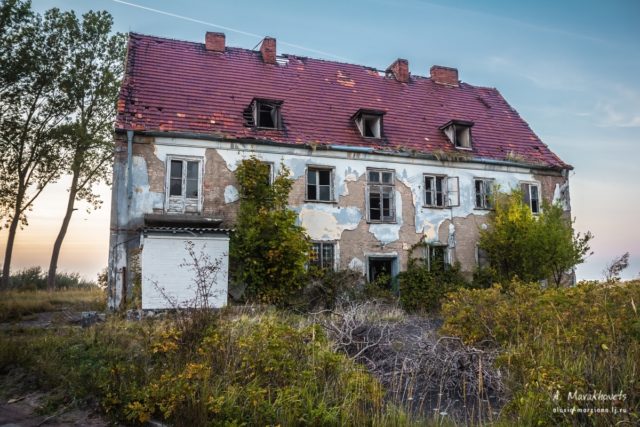
#8

#9

#10

With the outbreak of World War II, Wustrow’s buildings and military installations underwent further expansion. The peninsula was a crucial stopover point for those flying to defend Berlin. The airfield, hangars for aircraft, and a hospital were established in the far part of the peninsula, solidifying its military significance.
On May 2, 1945, the Soviet army assumed control of Wustrow, establishing its garrison. The peninsula was isolated from the outside world by a high fence with barbed wire, with the Soviet inhabitants residing separately from the local population. The garrison included guardhouses, barracks, warehouses, a school, and other essential facilities, and even had amenities like pigsties, a bakery, and a cinema.
In 1993, following the collapse of the USSR, the Russian soldiers left the Wustrow Peninsula. Subsequently, the last residents of the garrison departed in October 1993, leaving the buildings to fall into ruin. The land was deemed environmentally damaged and unsuitable for habitation, halting any plans for further use.
#11
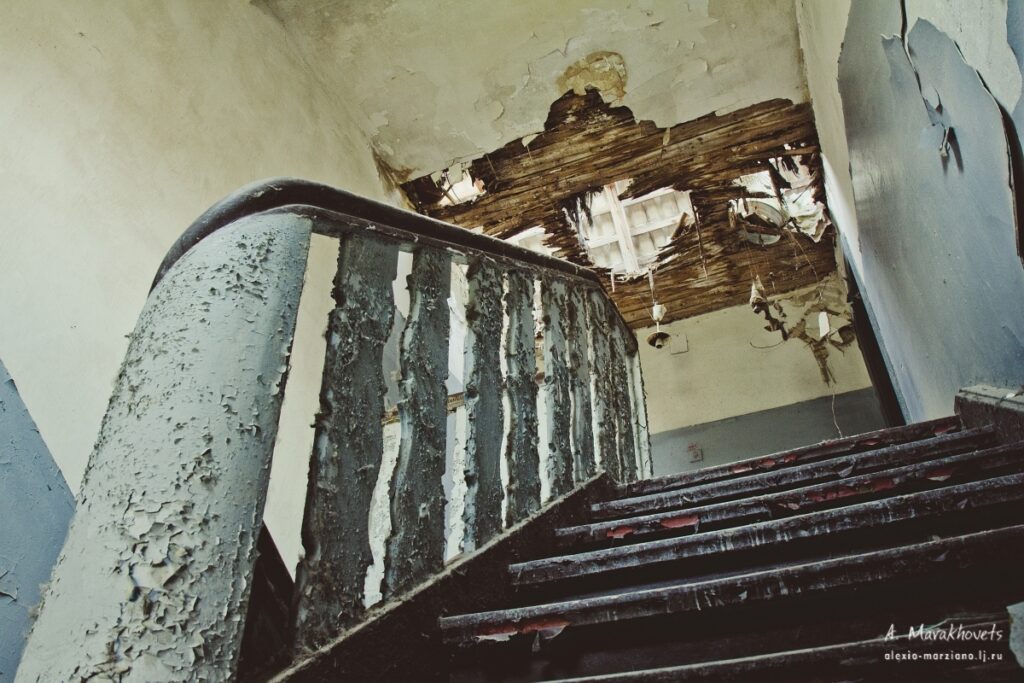
#12

#13
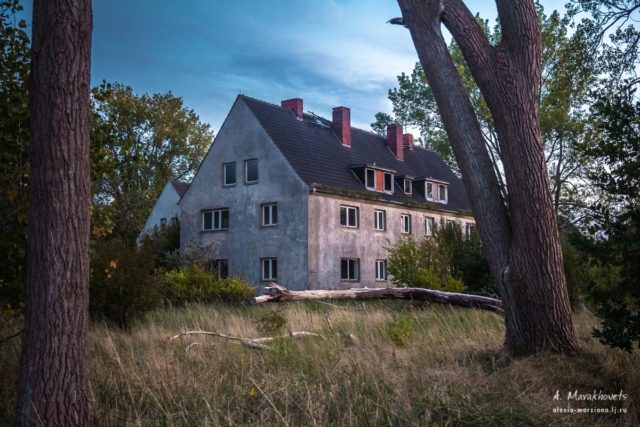
#14

#15
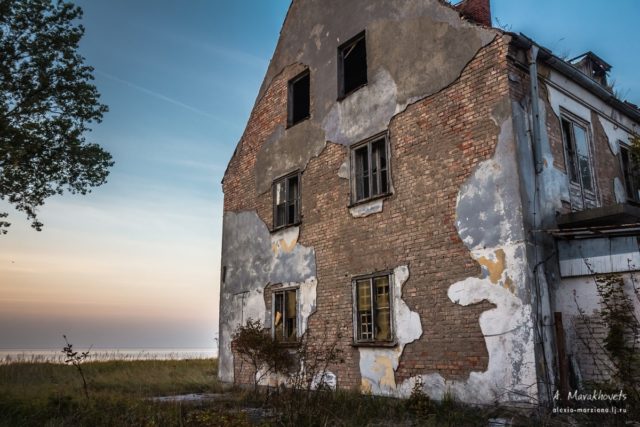
In 1995, the remaining buildings on the peninsula were listed as protected monuments. However, they were later removed from the list, and the land was sold to the Fundus Group, a luxury real estate company, in 1998. They intended to create a luxurious complex featuring a marina, golf courses, stables, hotels, and apartments, accommodating around 2,000 people.
However, the ambitious plans of the Fundus Group faced resistance from the residents of Rerik, who opposed increased traffic to the peninsula through their town. As a result, free access to the arm was prohibited from September 2004. Despite various proposed solutions, the matter still needs to be solved.
Thanks to the stalemate, the buildings on the peninsula have been remarkably preserved, and the southwestern part has now become a nature reserve. While the arm is patrolled, adventurous urban explorers sometimes manage to enter its territory. Since June 2018, the owner has allowed tourist excursions across the island using covered wagons, ensuring safety given the presence of unexploded ordnance.
Wustrow can also be observed from boats sailing on the sea for those seeking a more distant view. The peninsula’s rich history, from an island to a military training ground and a Soviet garrison, makes it an enticing destination for history enthusiasts and intrepid explorers.
If you’re inspired to embark on extraordinary adventures, follow in the footsteps of Alexey Marakhovets. This avid traveller and talented photographer dreams of visiting every country, and he’s already explored 40 countries. His blog showcases his exciting journeys and breathtaking photography. Take advantage of his incredible work on his LiveJournal account.
#16

#17
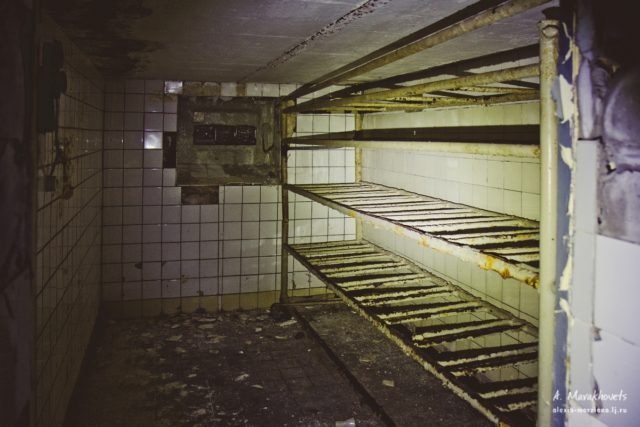
#18
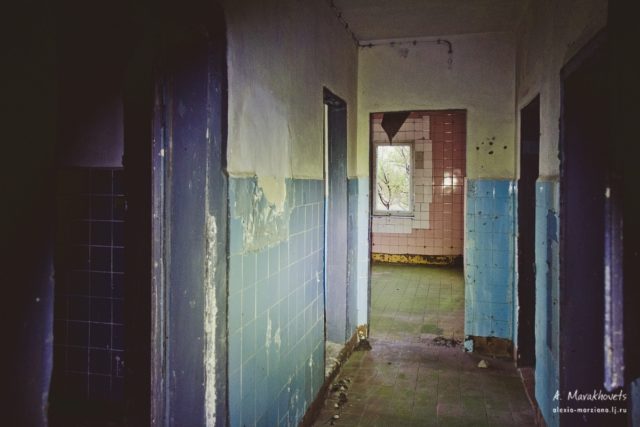
#19

#20

#21
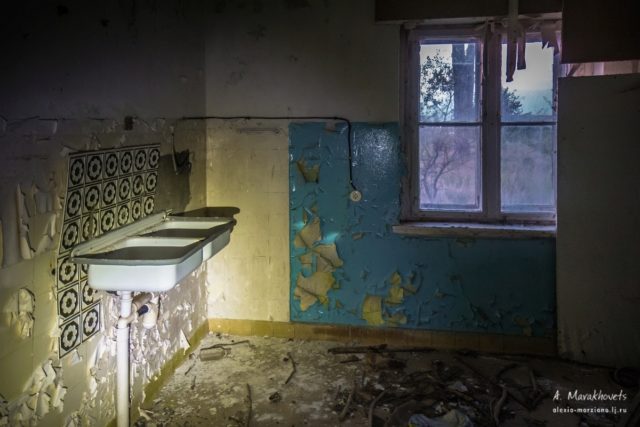
The enigmatic German peninsula of Wustrow tells a captivating tale of its transformation from an island to a military training ground and a Soviet garrison. Its preserved buildings and limited access add an air of mystery and allure, making it a destination worth exploring for those seeking history, nature, and adventure.
Source: abandonedspaces








